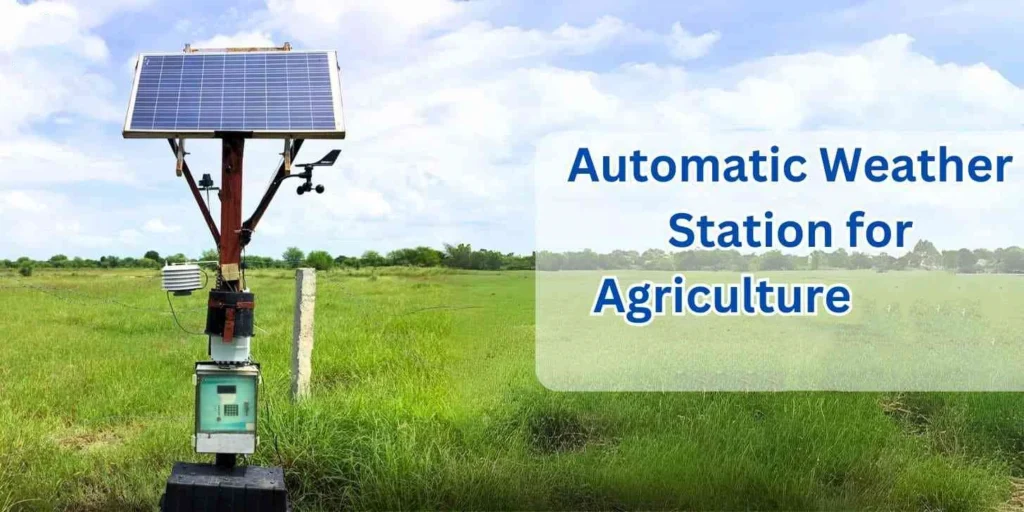Automatic Weather Station: Definition and Functionality

# Automatic Weather Station: Definition and Functionality
## What is an Automatic Weather Station?
An Automatic Weather Station (AWS) is a system designed to collect meteorological data without human intervention. These stations are equipped with various sensors that measure atmospheric conditions such as temperature, humidity, wind speed, wind direction, rainfall, and barometric pressure. The collected data is then transmitted to a central database or displayed locally for analysis and forecasting purposes.
## Key Components of an Automatic Weather Station
An AWS typically consists of several essential components:
– Sensors: These measure various weather parameters
– Data logger: Records and stores the collected data
– Power supply: Usually solar panels or batteries
– Communication system: Transmits data to remote locations
– Mounting structure: Supports the entire system
## How Automatic Weather Stations Work
The functionality of an AWS can be broken down into three main processes:
1. Data Collection: Sensors continuously monitor environmental conditions
2. Data Processing: The data logger converts sensor readings into usable information
3. Data Transmission: Information is sent to weather centers or displayed locally
## Applications of Automatic Weather Stations
Automatic Weather Stations serve numerous purposes across different sectors:
– Agriculture: Helps farmers make informed decisions about irrigation and planting
– Aviation: Provides critical weather data for flight operations
– Marine: Assists in maritime navigation and safety
– Research: Supports climate studies and weather pattern analysis
– Disaster management: Aids in early warning systems for severe weather events
## Advantages of Using Automatic Weather Stations
Compared to traditional manual weather stations, AWS offer several benefits:
– Continuous operation (24/7 data collection)
– Higher accuracy and consistency
– Remote monitoring capabilities
– Reduced labor costs
– Ability to operate in harsh environments
## Future Developments in AWS Technology
The field of automatic weather monitoring continues to evolve with advancements in:
– More compact and energy-efficient designs
– Improved sensor accuracy and durability
– Enhanced data transmission methods (including satellite and IoT networks)
– Integration with artificial intelligence for better data analysis
As technology progresses, Automatic Weather Stations are becoming increasingly vital for accurate weather forecasting, climate research, and various industrial applications that rely on precise meteorological data.
Keyword: what is automatic weather station
